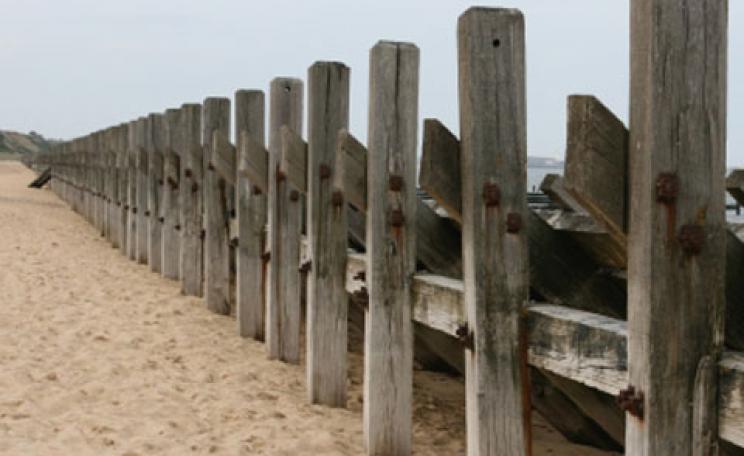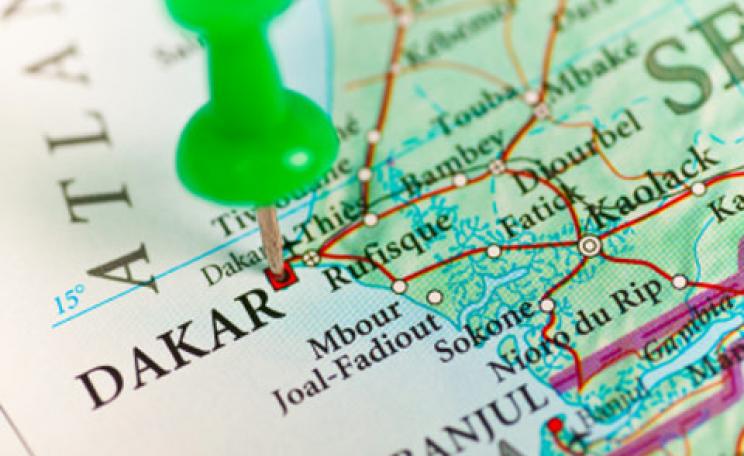‘Living on the edge’ is something residents of Nantucket know all about as every year they lose houses to coastal erosion.
Last week a ‘Living on the Edge: Coastal Communities’ conference was held on the island of Nantucket off the coast of Massachusetts.
The island was once the centre of America’s whaling industry; now the main industry is tourism. Historic grey shingle clad houses line the cobbled streets of the town centre and tourists arrive daily by boat and plane.
However, many of Nantucket’s historic houses are now under threat from coastal erosion. Home insurance is a hot topic for property owners who find their premiums are increasing year on year. Maps are needing to be redrawn as some areas build up, others are washed away by the sea and the island migrates slowly northwards.
Earlier this month Hurricane Earl, completed what years of coastal erosion had started, and destroyed a house on the edge of the village of Madaket. Owner Gene Ratner’s attempts to save his property with massive sandbags ultimately proved futile.
According to Dr Sarah Oktay, managing director of the University of Massachusetts field station on the island, Ratner’s attempts to save his house caused an increase in erosion elsewhere: ‘when you…employ these measures you tend to endanger your neighbour. Any time you stop sand you are stealing it from someone.’
Nantucket has stricter regulations than the mainland about engineering coastal defences. Oktay thinks hard sea defences usually move the erosion problem rather than eliminate it. She said: ‘It is a politically charged question, people are coming to us to try and save their houses. We offer them the maximum type of protection with the least impact.’
Some residents in the nearby village, Siasconset, have now moved their houses across the road, 50 metres or so further from the bluff. But money can’t buy effective long-term sea defences for the mansions on the shoreline and the southern shore is experiencing an erosion rate of 3 metres a year.
Year round Nantucket’s population is about 15,000 but in the summer this leaps by 50,000 with an influx of wealthy second home owners from the mainland and around the world.
Useful links
Atlantic Rising
| READ MORE... | |
 |
SPECIAL CONTENT Atlantic Rising: sea level rise threatens the Orinoco Delta in Venezuela Rising sea levels are forcing the migration of indigenous peoples and threatening the freshwater ecosystem of catfish and piranha found in the Orinoco Delta near the coast of Venezuela |
 |
SPECIAL CONTENT Atlantic Rising: Life in a flooded slum in Freetown Most people love their home town. But what if you lived in a regularly flooded slum? |
 |
SPECIAL CONTENT Atlantic Rising: Sand extraction and coastal erosion in Sierra Leone Unregulated sand extraction in Sierra Leone is good for business but wreaks havoc on the coastal environment |
 |
SPECIAL CONTENT Atlantic Rising: Guyana using mangroves to defend itself from sea-level rises Global sea level rise poses a big challenge for the small country of Guyana but mangrove planting offers a cost-effective way of protecting coastal regions |
 |
SPECIAL CONTENT Atlantic Rising: How sea level rises are poisoning water in Ghana In the latest blog the Atlantic Rising team look at how rising sea levels are poisoning local water sources in Western Ghana |








